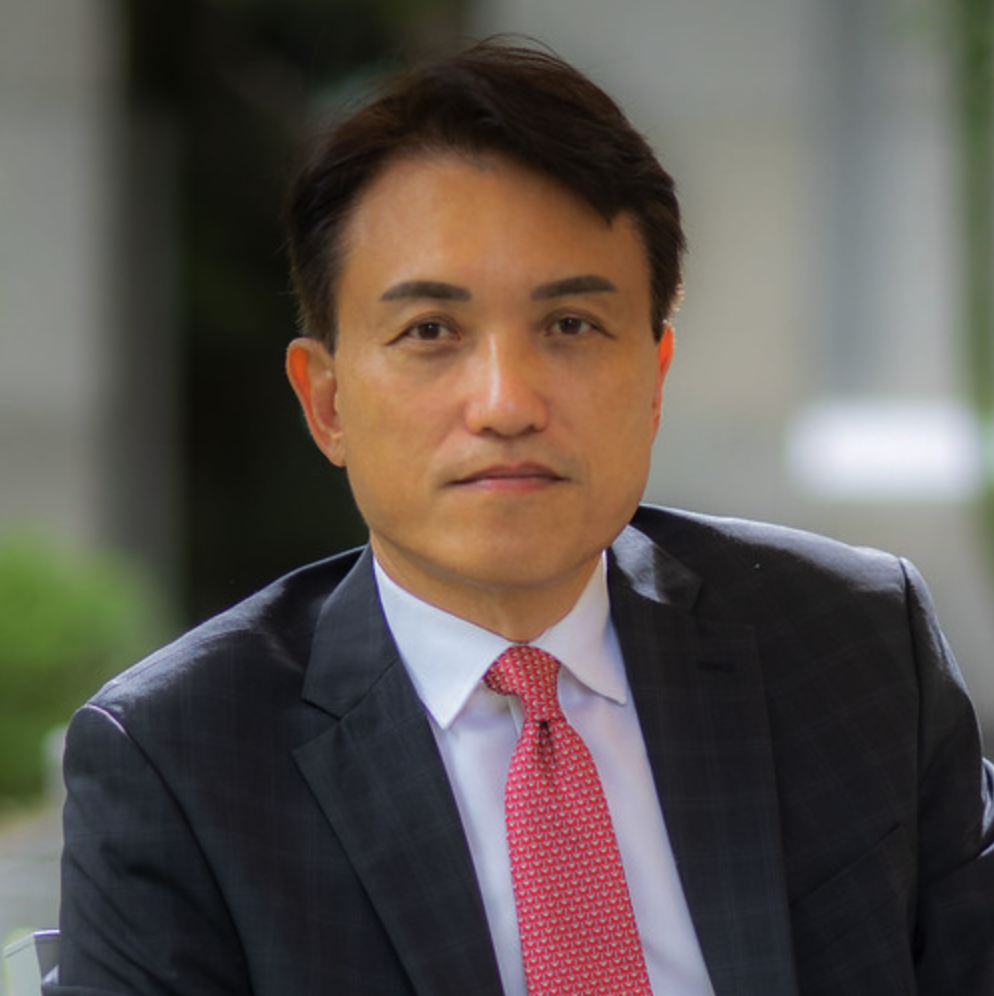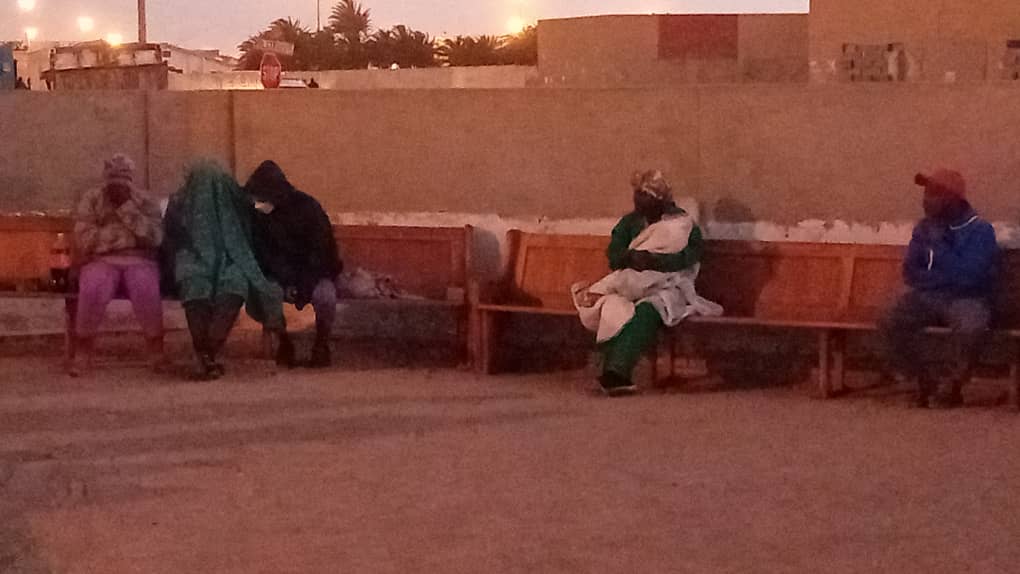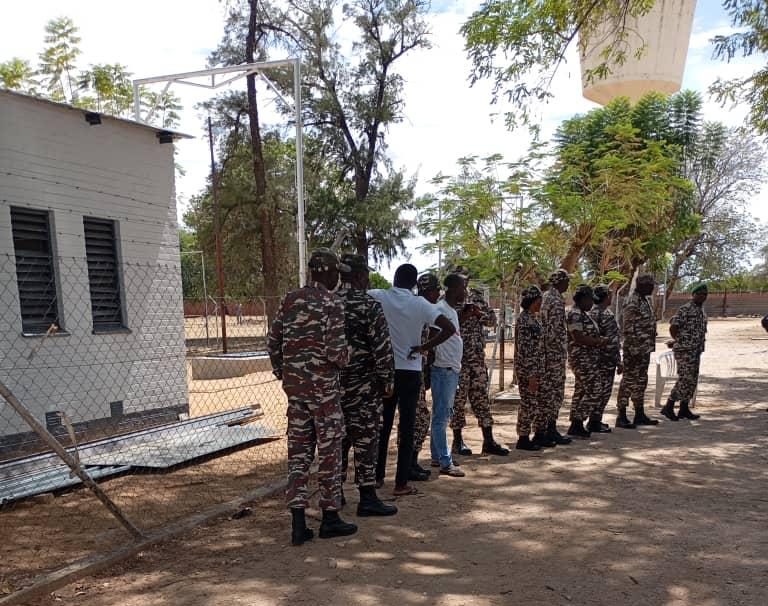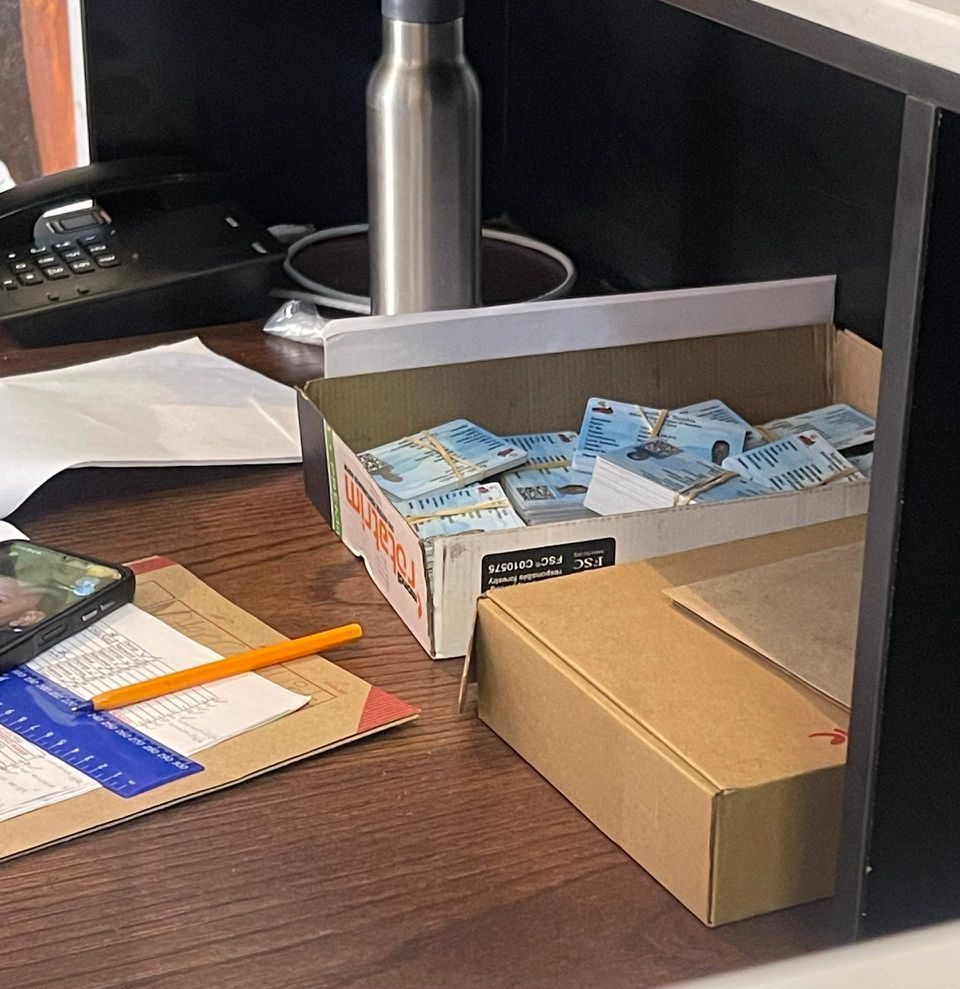Although we are fast approaching five years until the deadline for the Sustainable Development Goals, we are still far from achieving SDG7, which calls for universal access to clean, affordable energy.
Worse, we are in the middle of yet another year that will shatter heat records.
Each month since June 2023 – 13 months in a row – has ranked as the planet’s hottest average on record for that month, and June marked the third month in a row that Earth exceeded the 1.5°C limit set by the Paris agreement.
Extreme heat brings extreme weather: Longer droughts, record rainfall, more intense storms, and changes in seasonality.
Unelectrified communities, who are the least at fault for our warming planet, have the most to lose from these trends.
A recent analysis by the International Energy Agency, the International Renewable Energy Agency, the United Nations Statistics Division, the World Bank, and the World Health Organisation reached a worrying conclusion: We are falling short in our pursuit of SDG7, and current efforts do not look like they are enough to get us back on track.
SUB-SAHARAN AFRICA LAGGING BEHIND
Since the turn of the century, the share of the global population with access to electricity has grown from just over 75% to 91%.
But the pace of progress has fallen behind the rate of population growth.
Disruptions in energy markets caused by the Covid-19 pandemic, Russia’s war in Ukraine, and instability in the Middle East have caused the number of people lacking access to electricity to increase for the first time in more than 10 years, to 685 million people in 2022 – 10 million more than in 2021.
If this continues, more than 660 million people will still be without electricity in 2030, and our pursuit of SDG7 will have failed.
While there have been significant strides toward connecting populations across Asia, Latin America, and other parts of the world, Sub-Saharan Africa continues to lag behind and is home to 80% of all people without access to energy globally.
With hundreds of millions of people at risk of being left behind, urgent action is needed to avert more setbacks on the path to SDG7.
The current pace of renewable energy adoption still falls short of what it will take to hit the Paris agreement’s mid-century net-zero targets, and to meet the immediate development needs of those living in energy poverty.
REASONS FOR HOPE
There are still reasons for hope.
They are the same reasons that guided my tenure at the Asian Development Bank, and which attracted me to join the Global Energy Alliance for People and Planet.
Achieving SDG7 and solving climate change is possible only if we work together to tackle this race against time.
We are already seeing Alliance partners mobilise.
The World Bank and the African Development Bank have announced a new, first-of-its-kind partnership to bring electricity to 300 million people in Africa by 2030.
This is precisely the level of international collaboration that emerging economies desperately need.
To close the gap, we must strengthen existing policies and mobilise greater investment, especially for programmes targeting remote and low-income areas where most of the unelectrified population lives.
Too much focus and investment in the global energy transition are given to greening the grid and reducing fossil-fuel consumption in wealthy countries.
Yet, there seems to be less understanding that consuming more energy is essential to improving the economic prospects of the 685 million people living without electricity, and the hundreds of millions more with unreliable or unaffordable access.
‘THE MODERN MINIMUM’
Ending energy poverty – by providing the ‘modern energy minimum’ of 1 000 kilowatt-hours per person a year – implies enormous additional annual energy demand.
Today, per capita energy consumption in Sub-Saharan Africa, excluding South Africa, is only 180 kWh, whereas most citizens of rich countries consume 6 000-13 000 kWh every year.
If energy-poor countries do not receive the support needed to deliver electricity at scale from renewables, the majority of global emissions by 2050 could derive from them.
In 2024, the share of global clean-energy investment in emerging markets and developing economies outside China is expected to remain at around 15% of the total.
That is far below what is required to ensure full access to modern energy and meet rising energy demand in a sustainable way.
With Nigeria and emerging economies across Africa facing economic crises, international cooperation to unlock climate finance for energy access has never been more urgent.
BOLD ACTION NEEDED
Energy creates opportunity. When investments in electricity are matched with investments in the tools to use that energy productively – solar-powered water pumps, refrigerators, agro-processing machinery, equipment for micro-enterprises, and essential services like schools and hospitals – incomes grow, productivity rises, new businesses emerge, jobs are created, and people thrive.
Making these investments a reality will require unprecedented levels of international collaboration. No organisation can do it alone.
The world can’t afford another year of backsliding on SDG7, and the only way to reach net zero is through an energy transition that leaves no one behind.
This is the moment for bold action. We are ready for it, and I hope the rest of the world is ready to join us.
– Woochong Um is CEO of the Global Energy Alliance for People and Planet
– Copyright: Project Syndicate, 2024
Stay informed with The Namibian – your source for credible journalism. Get in-depth reporting and opinions for
only N$85 a month. Invest in journalism, invest in democracy –
Subscribe Now!






